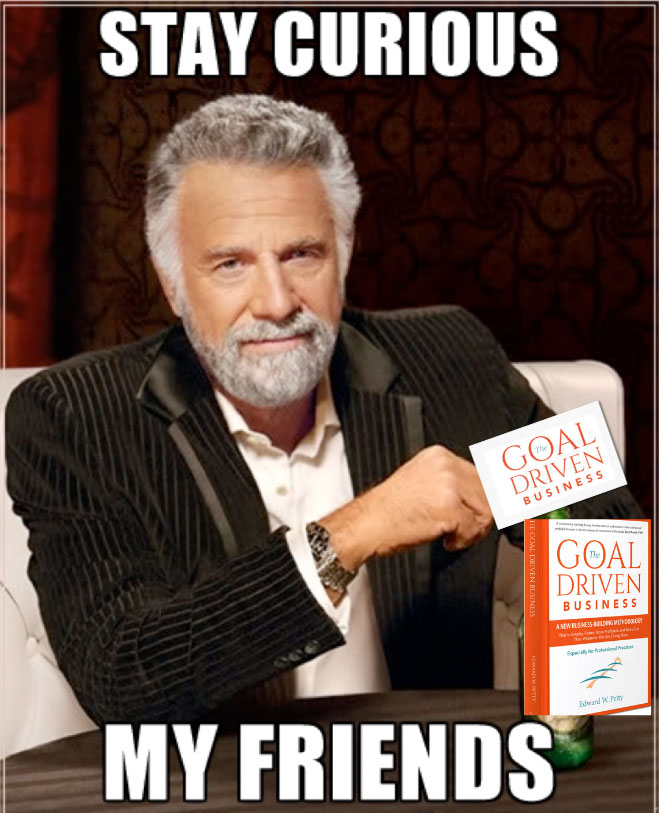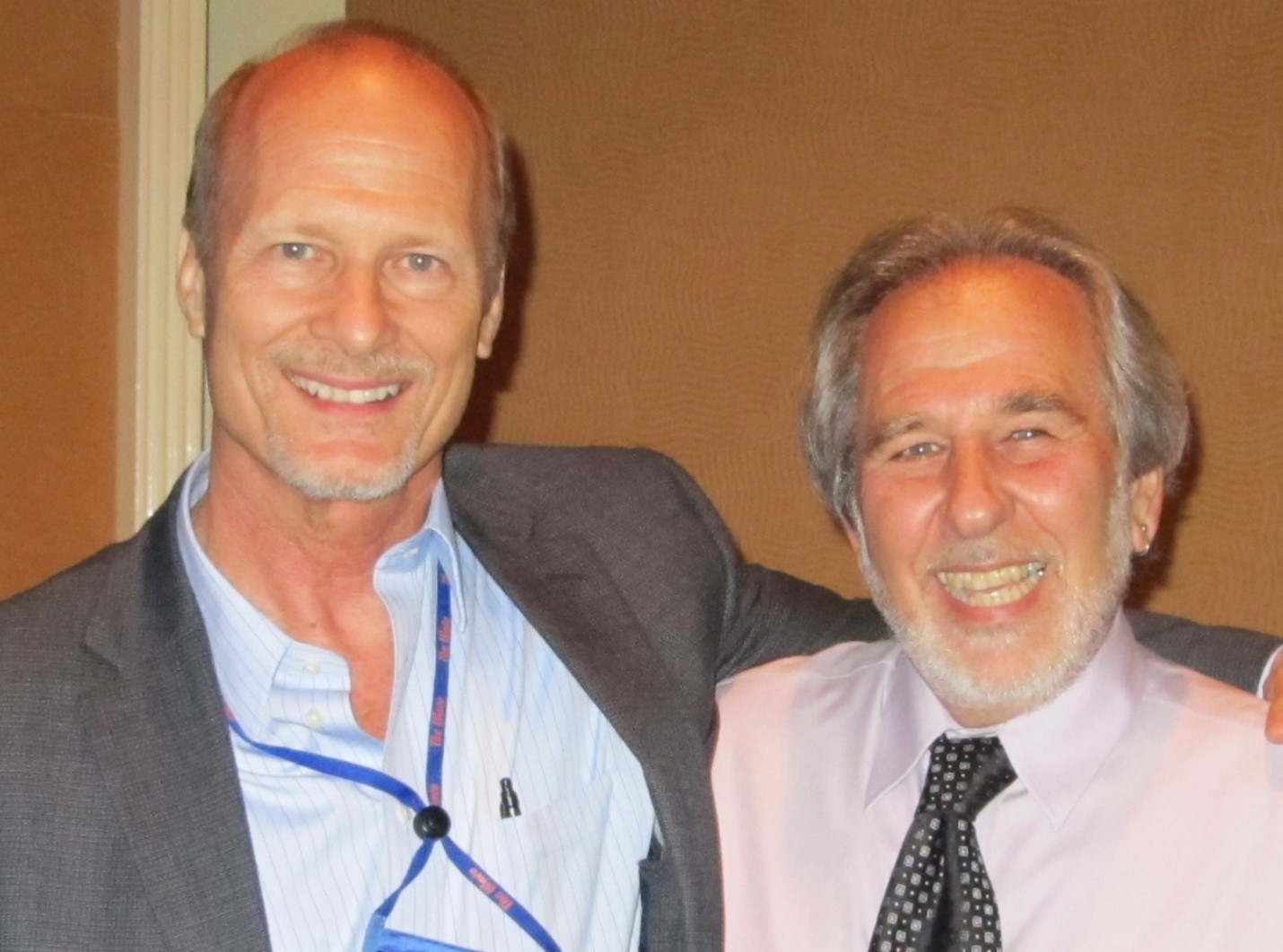
Faith, Confidence and Belief
It is an oversimplification to say that chiropractors, and other doctors, who remain true to their principles and goals are less stressed and more productive.
And make more money.
But I’ve seen it.
You need Faith, Confidence and Belief (FCB!) in yourself, in your knowledge and skills, and what your office can do for people. (I learned about FCB from Dr. James Parker at a Parker seminar years ago.)
With these qualities, you can tell the truth and be honest. And stick to your guns.
A naturopathic and chiropractic doctor I follow on a social media site said this:
“If someone was poisoning themselves slowly with their lifestyle habits, you bet I let them know. Isn’t that what doctors are supposed to do? Truth be told, most everyone already knew. People aren’t stupid, just in denial.
“Last time I checked it’s our job to tell them the facts. Not placate them or worry about hurting their feelings with said facts…Because that’s what most doctors are doing. They beat around the bush so as to not offend.
“Of course, I was always professional and kind, but I still called a spade a spade.
“The word doctor means teacher, not enabler.”
CASE ACCEPTANCE AND FOLLOW-THROUGH FOR YOUR CHIROPRACTIC PATIENTS
From a marketing perspective, people buy from those they trust. And they trust people who have certainty.
If you equivocate – dodge the facts – your patient will see that you are unsure what the heck you are talking about. They will be less likely to commit to a care program or follow through.
On the other hand, if you apply your knowledge and skill with certainty and confidence when you look at their case, explain it to them, and recommend a treatment plan that is best suited for them, their chances of commitment and follow-through are very high.
WHAT GETS IN THE WAY OF YOUR TRUTH
One of the benefits of seminars is that your convictions can become rekindled. You are reminded of your truth.
But after a week or so, back at your office, the fire of your passion begins to dim. And rather than gliding through your day, it starts to feel like you are plodding through mud.
What gets in the way of your pure-hearted and stalwart convictions about health and your principles and purposes?
And what is it that slows you down?
ADMIN. Administration. Everything that is NOT patient-related. The organization and running of the support machinery of your practice start to pull you into its noise, worries, corrections, and sometimes drama.
Policies, procedures, and people do not all move smoothly and cooperate conveniently or get implemented as excellently as you hope. And this can be a major distraction.
Practice management can get messy!
This is why organizational structure and management are so very essential. Maybe not when you are a wild entrepreneur just starting out. But as your business grows, administrative details flood in – and clog up the works. More than most doctors realize!
AN ORGANIZER FOR YOUR CHIROPRACTIC ADMINISTRATION
The solution is to take time to work ON your business.
Then, assign someone to be your MANAGER to help you improve the organization and take care of the admin.
They will need training and you’ll need to work with them.
And to be direct, and not to beat around the bush, if you don’t do this, you will be forever stunted in your practice growth and work-life balance. And you will lose money.
But with an organizer, someone who is managing your practice administration, you will be less distracted and more grounded in your truth to help your patients get and stay on the best track for their health. And, your practice will be more profitable.
Our high-level training for your manager (and you) begin September 18. For more info below.
Keep to your truth,
Ed
Advanced Practice Manager Training, Beginning September 18.
Find out about it here.
MUSIC You made it this far, so enjoy some music – as a tribute to Robbie Robertson – The Weight – Playing for Change.











 Effective leaders are, first and foremost, good teachers.
Effective leaders are, first and foremost, good teachers. How to be happier and more prosperous
How to be happier and more prosperous





 Working with different offices, we are always reminded of the fundamentals that apply universally. For example…
Working with different offices, we are always reminded of the fundamentals that apply universally. For example…


